Please login or click here to join.
Forgot Password? Click Here to reset pasword
These magnificent remains of an Augustinian Abbey founded by William Fitzalan in about 1135, occupy a beautiful setting in the lee of a hill a short distance from Shrewsbury. It was rebuilt after about 50 years when the church was considerably enlarged, and it would appear that time passed sleepily by for the small community until Henry VIII's Dissolution when it passed into private hands, and was for a time used as a dwelling house.
At the time the abbey was dissolved 10 cannons and the abbot lived there, after the dissolution the abbey passed to Sir Edward Littlejohn, later it was the home of Sir Rowland Hill, and finally it passed to the Barker family.
The ruins are impressive, set against sweeping green lawns, the ancient mellow grey stone buildings tower above the landscape with startling effect. The stately remains of the abbot's lodging, with its bay and oriel windows, appears as a gracious country house, with little to remind us of its earlier devout occupants.
Perhaps the most impressive building is the Chapter House, this is from the 12th-century, it has a fine Norman doorway and still shows exquisite carvings of saints set into niches. The saints are believed to be St. Augustine, St.Thomas Becket, St. Michael, St. Winifred, St. John the Baptist, St. Catherine, St.John the Evangelist and St. Margaret of Antioch.
The Chapter House would have been the "power-house" of the abbey, used only to discuss religious matters and business relating to the running of the community within. Today, this is set out as a small museum where you can see an ancient octagonal font, possibly removed from the church, and a number of tombstones removed from the abbey grounds.
At the northern end of the site are the foundations of the former church, these give the over-all impression that a building of substance once stood here.
Apart from the awe-inspiring abbey ruins, visitors will note the spot on the hill known as Douglas's Leap, thus called because this is reputed to be where the Earl of Douglas fleeing from the Battle of Shrewsbury was thrown from his horse into the arms of Henry IV's men! The battle took place just a short distance from the abbey in the year 1403. The Battlefield is revered as the site of an historic battle and can be visited at any time.
These remarkable ruins are now in the care of English heritage and are open for public view.

a Historic Market Town in the county of Shropshire
(3.6 miles, 5.8 km, direction SW)Shrewsbury is a wonderfully atmospheric town which beguiles the visitor with sights of bygone centuries and much a great charm is to be found in its narrow streets and medieval buildings...

in the county of Shropshire
(8.3 miles, 13.4 km, direction S)Interestingly, Acton Burnell has connections with America that go back to the stirring days of the Declaration of Independence in 1776...
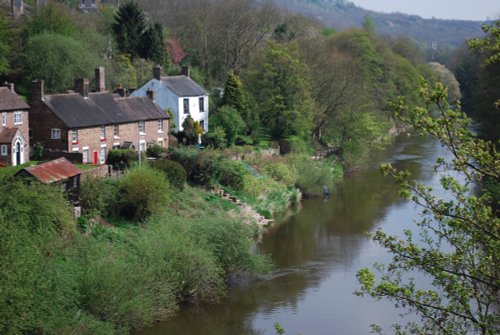
in the county of Shropshire
(11.2 miles, 18.0 km, direction SE)This town is named for the famous bridge that spans the River Severn - the world's first Iron Bridge....
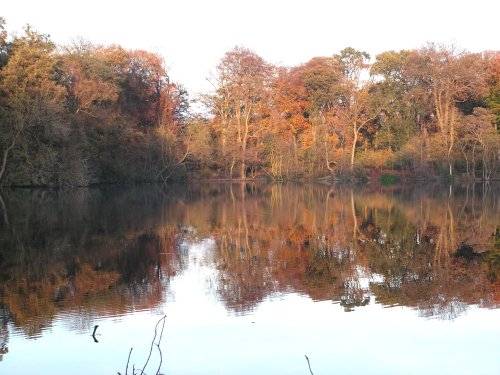
in the county of Shropshire
(12.4 miles, 19.9 km, direction NW)Clolemere is a countryside heritage site with miles of waymarked walks circling over 70 acres of water, woodland and sweet scented meadows...
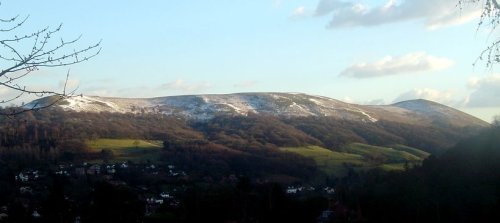
a Historic Market Town in the county of Shropshire
(14.4 miles, 23.2 km, direction S)Church Stretton is an historic market town in the South Shropshire hills, and the only town in the Shropshire hills Area of Outstanding Natural Beauty - one of Britain's fiinest.....
All towns in Shropshire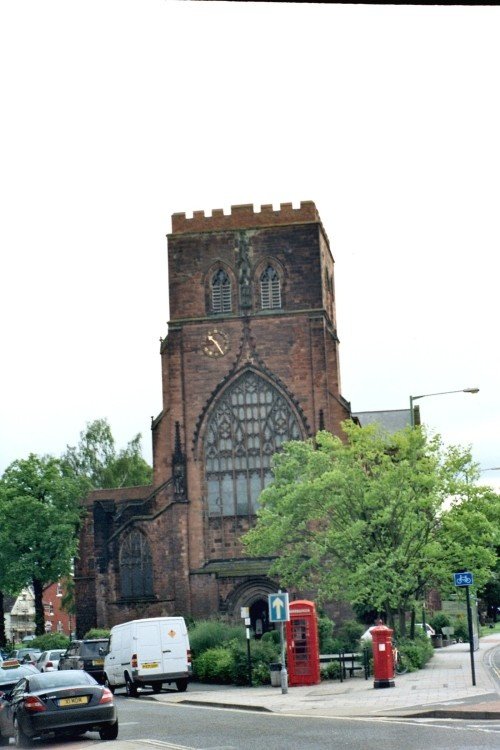
The site of Shrewsbury Abbey is an ancient one, quite possibly dating back to Saxon times when a wooden church would have stood.....

An elegant 18th century mansion with regancy interiors and deer park, Attingham Park is of the great houses of the.....
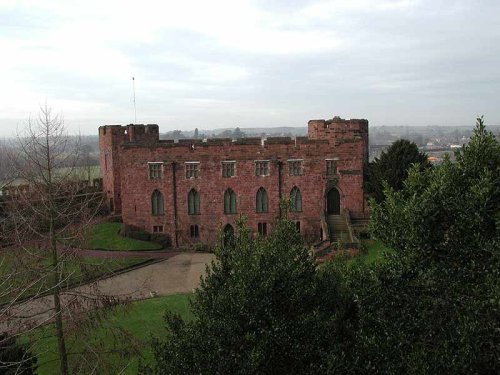
..
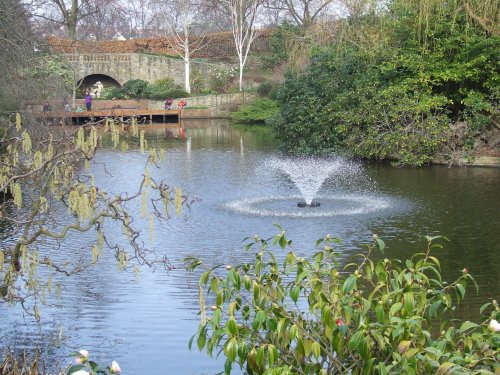
..
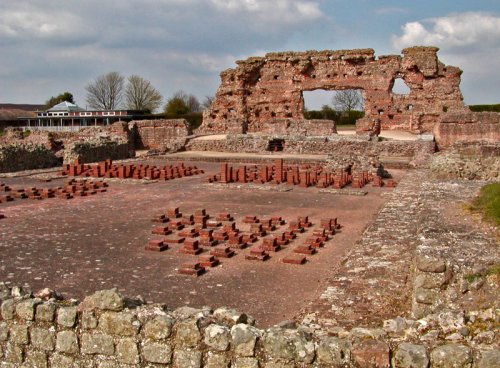
Wroxeter Roman City lies about 5 miles south-east of Shrewsbury, here lies the remains of what was the fourth largest town in.....